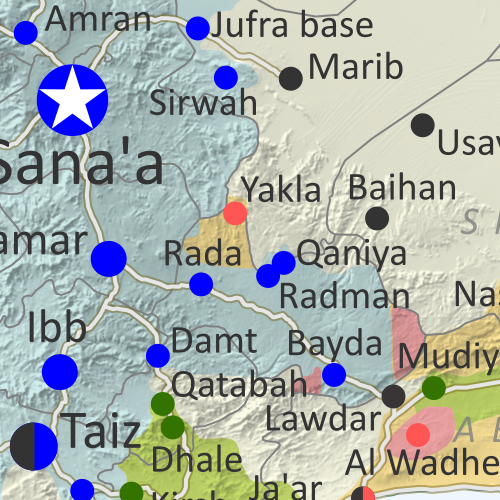 |
| CUSMA/USMCA replaces NAFTA as the new free trade area made up of Mexico, the US, and Canada. Map by Wikimedia user Heraldry (source; CC BY-SA) |
NAFTA is No More
On July 1, the North American Free Trade Agreement (NAFTA) - a much-talked-about free trade area including Mexico, the United States, and Canada - was formally retired. The arrangement, in place since 1994, has been replaced by a similar deal, technically called the "Agreement Between the United States of America, the United Mexican States, and Canada". The change was agreed upon last year, but didn't take effect until this month.
USMCA or CUSMA?
The short name of the deal depends on who you ask. In the US, it's called the United States-Mexico-Canada Agreement (USMCA), but in Canada it's the
Canada-United States-Mexico Agreement (CUSMA). In French (Canada's other official language) the acronym is
ACEUM - also placing "Canada" first - and in Mexico it's known by the Spanish acronym
T-MEC (placing "Mexico" first).




